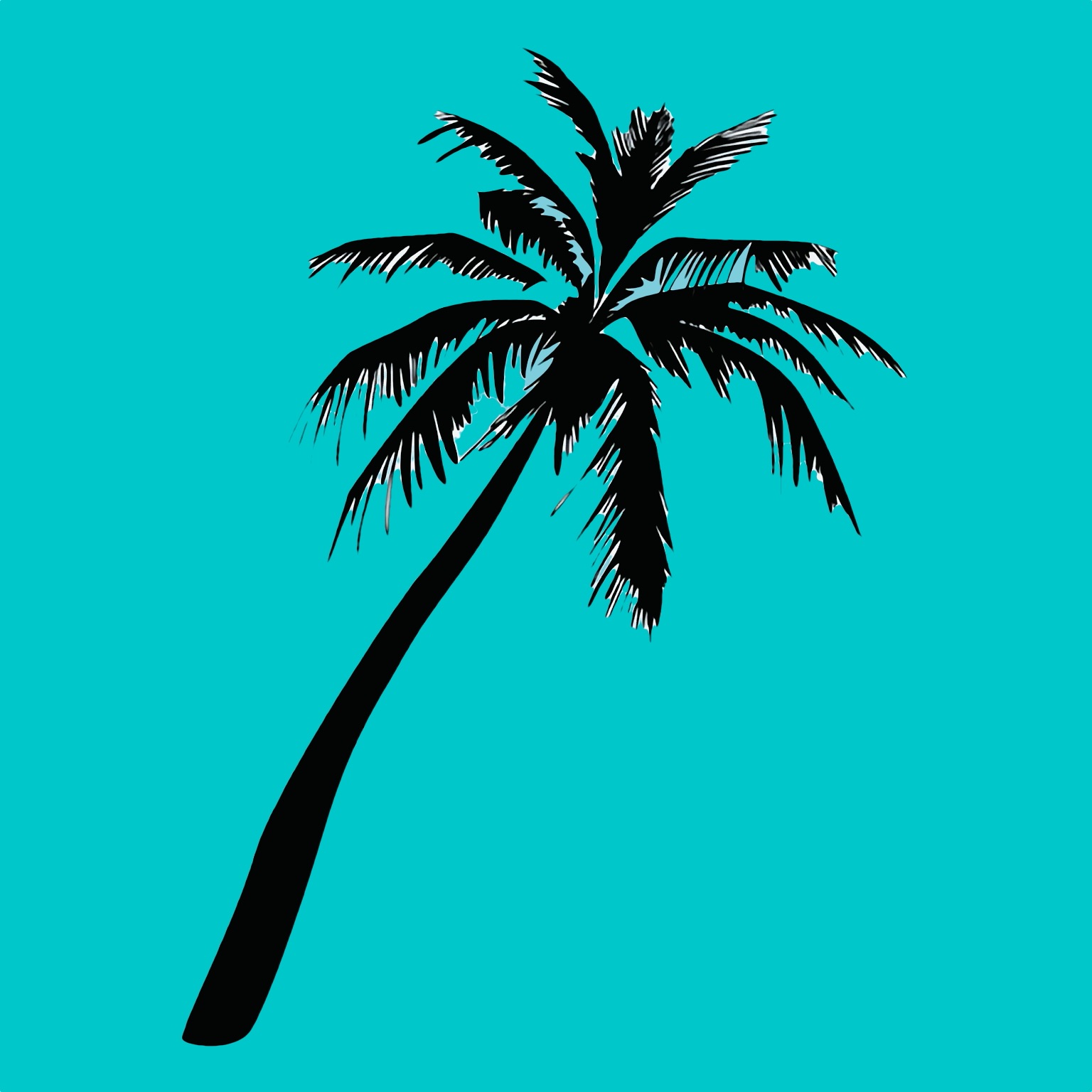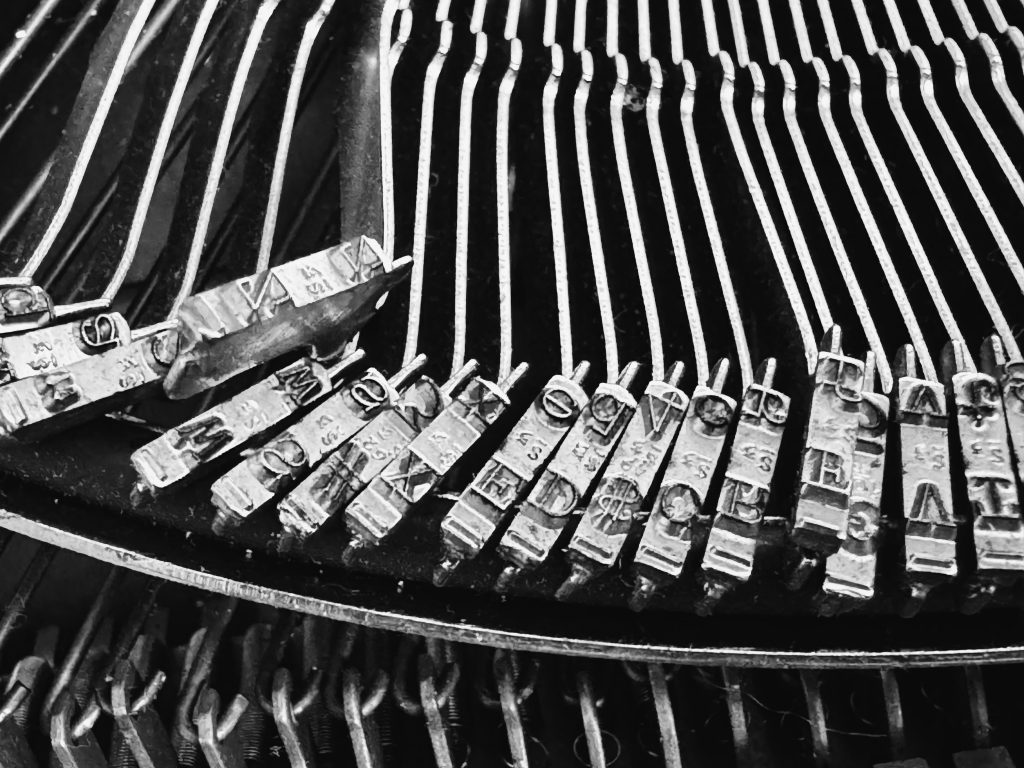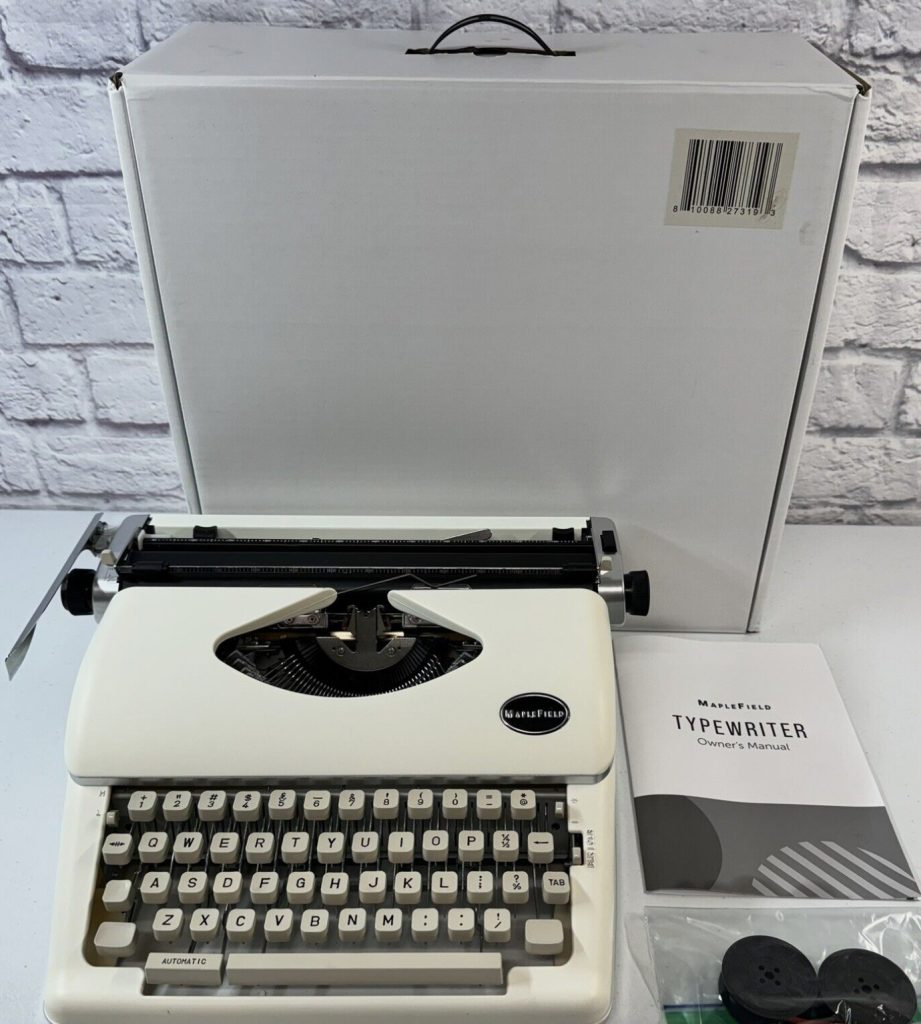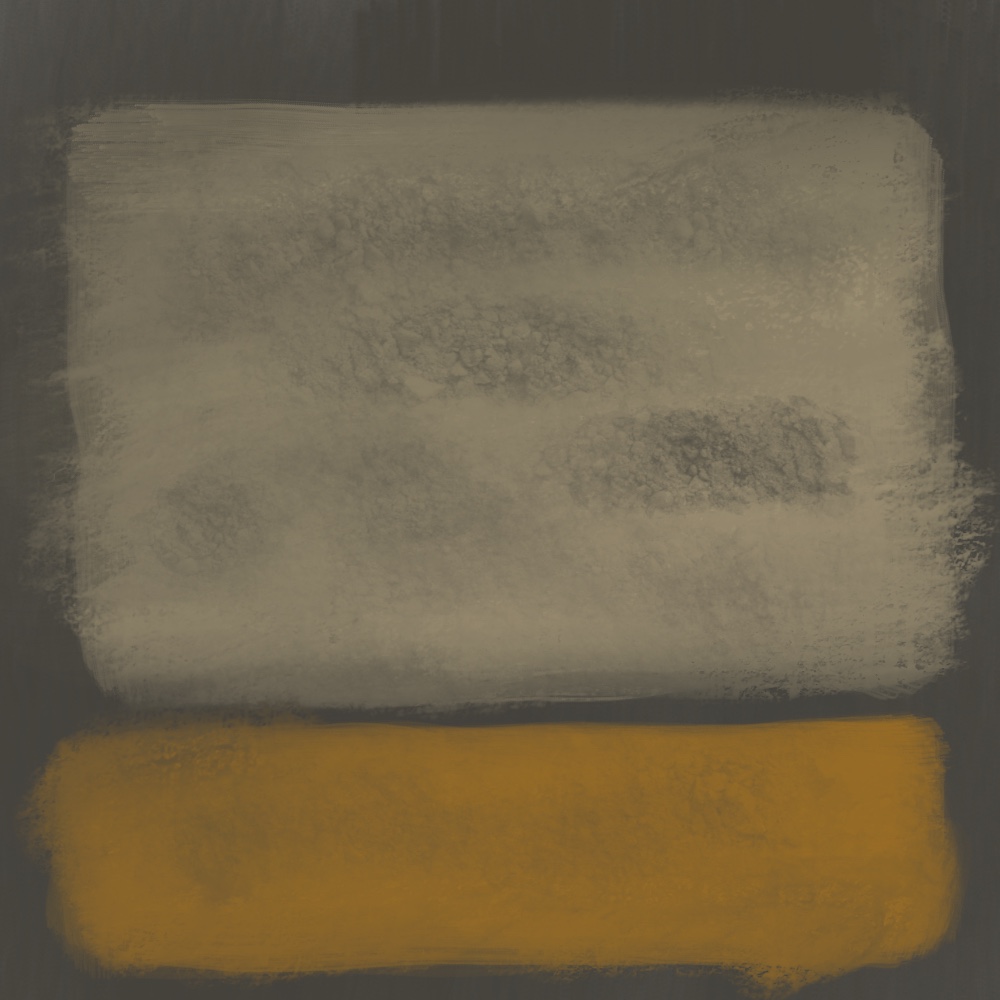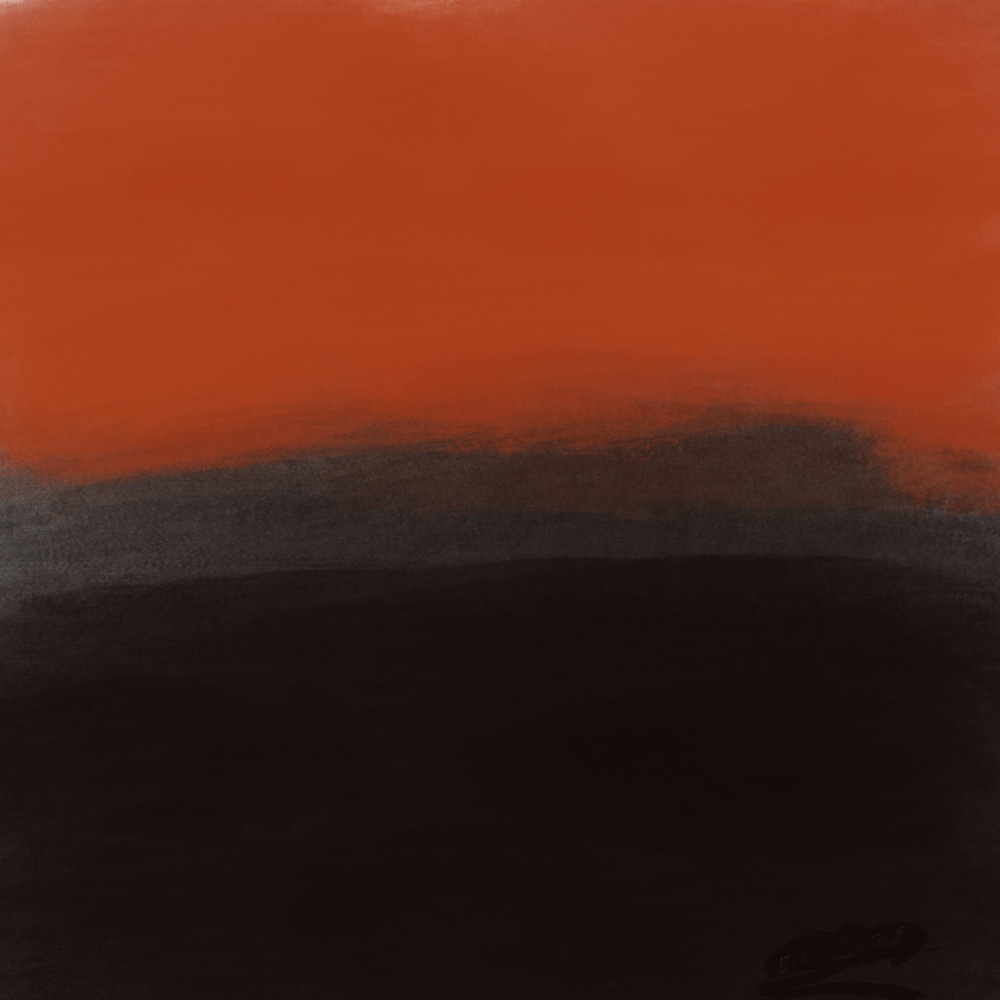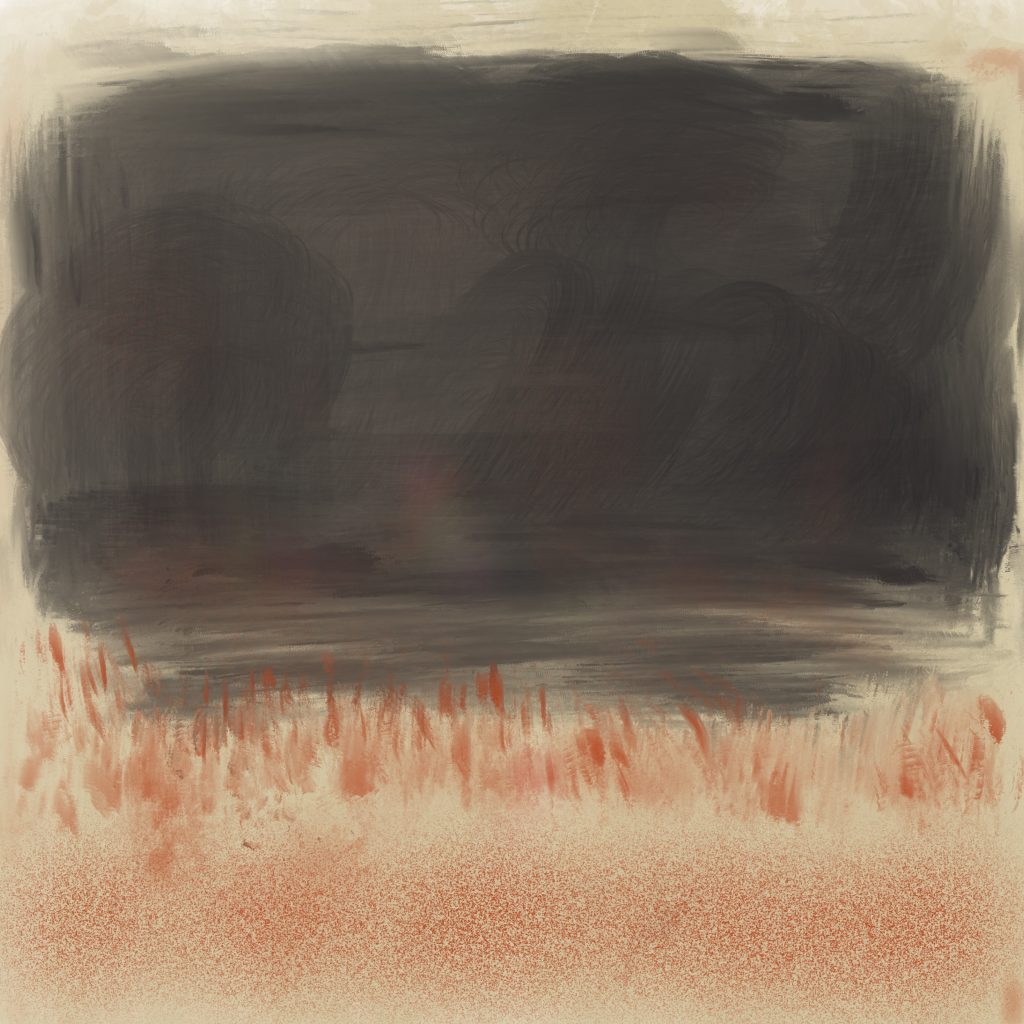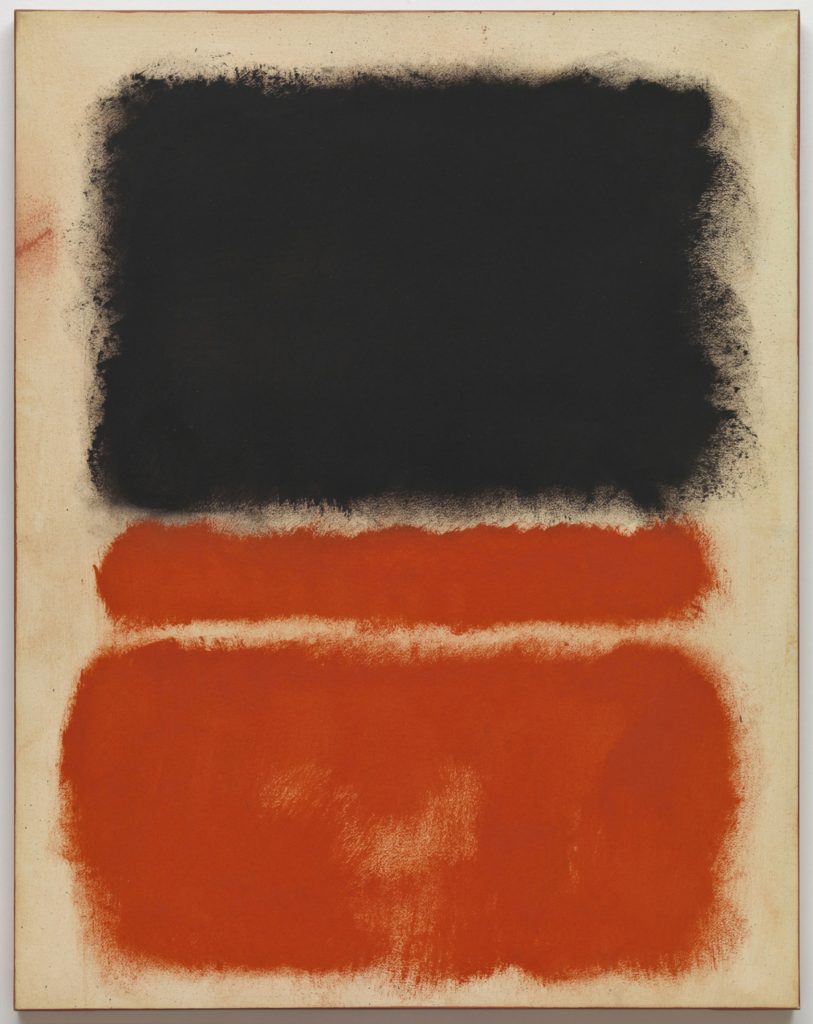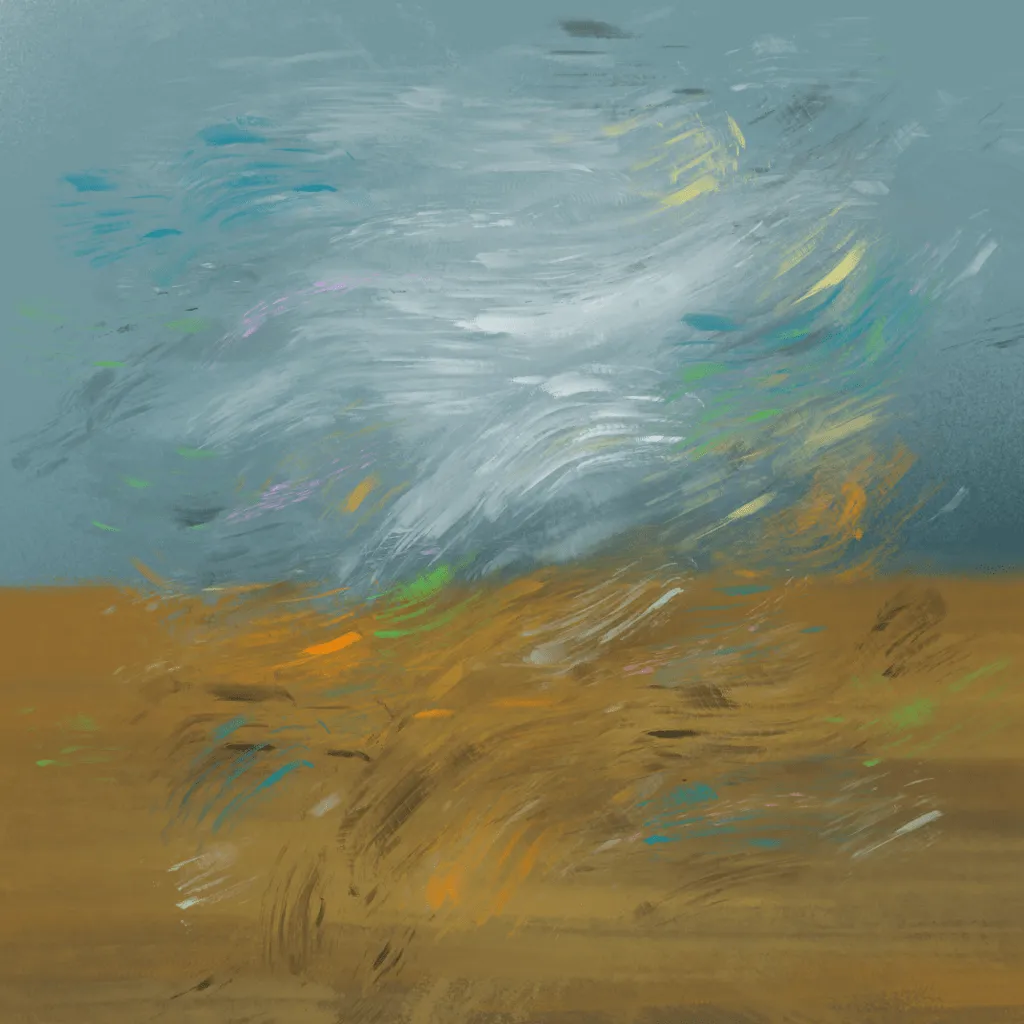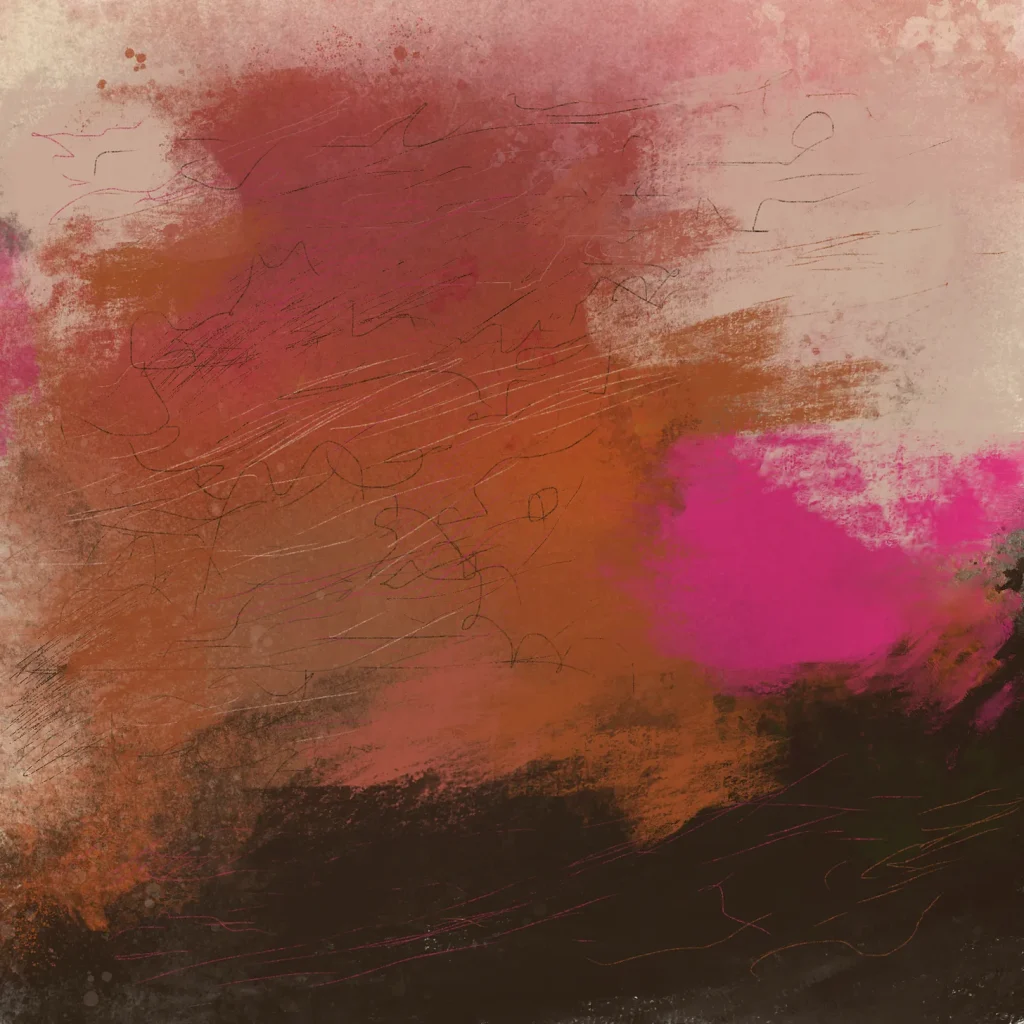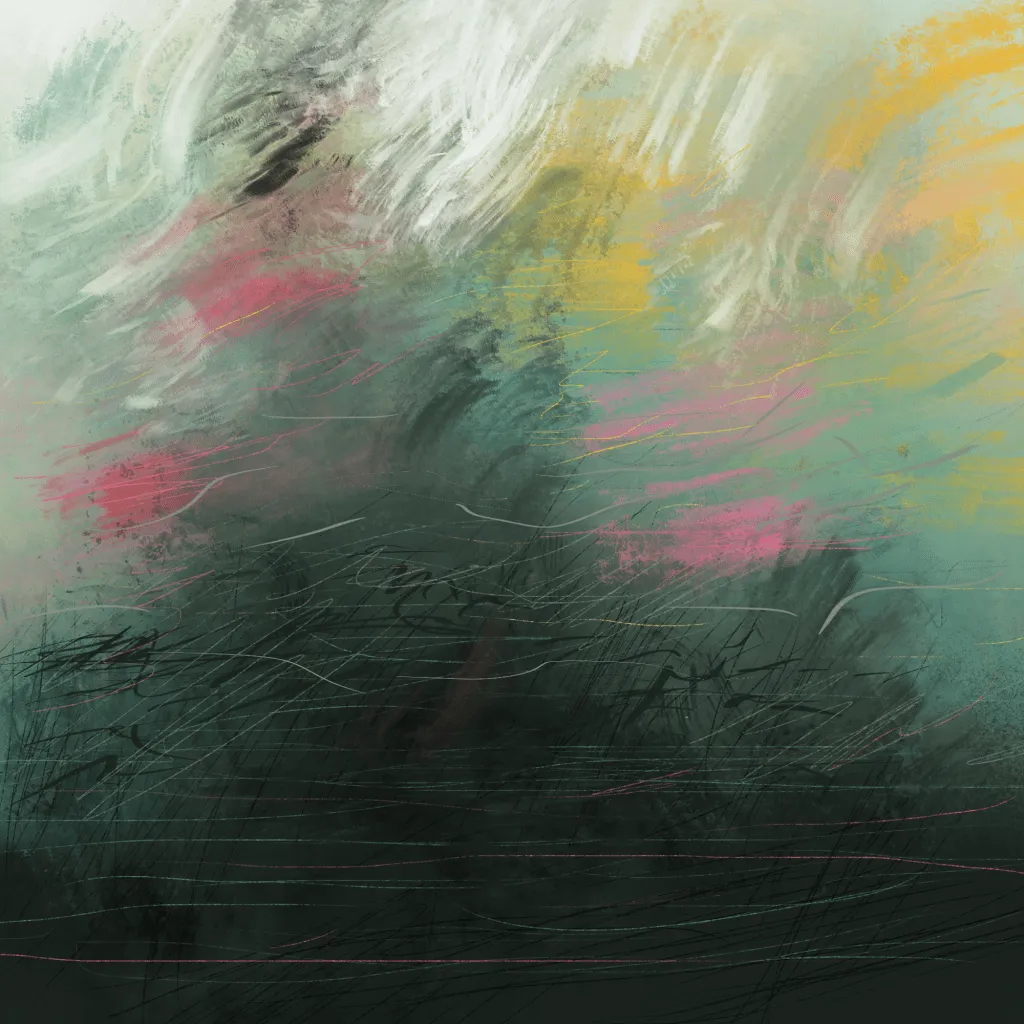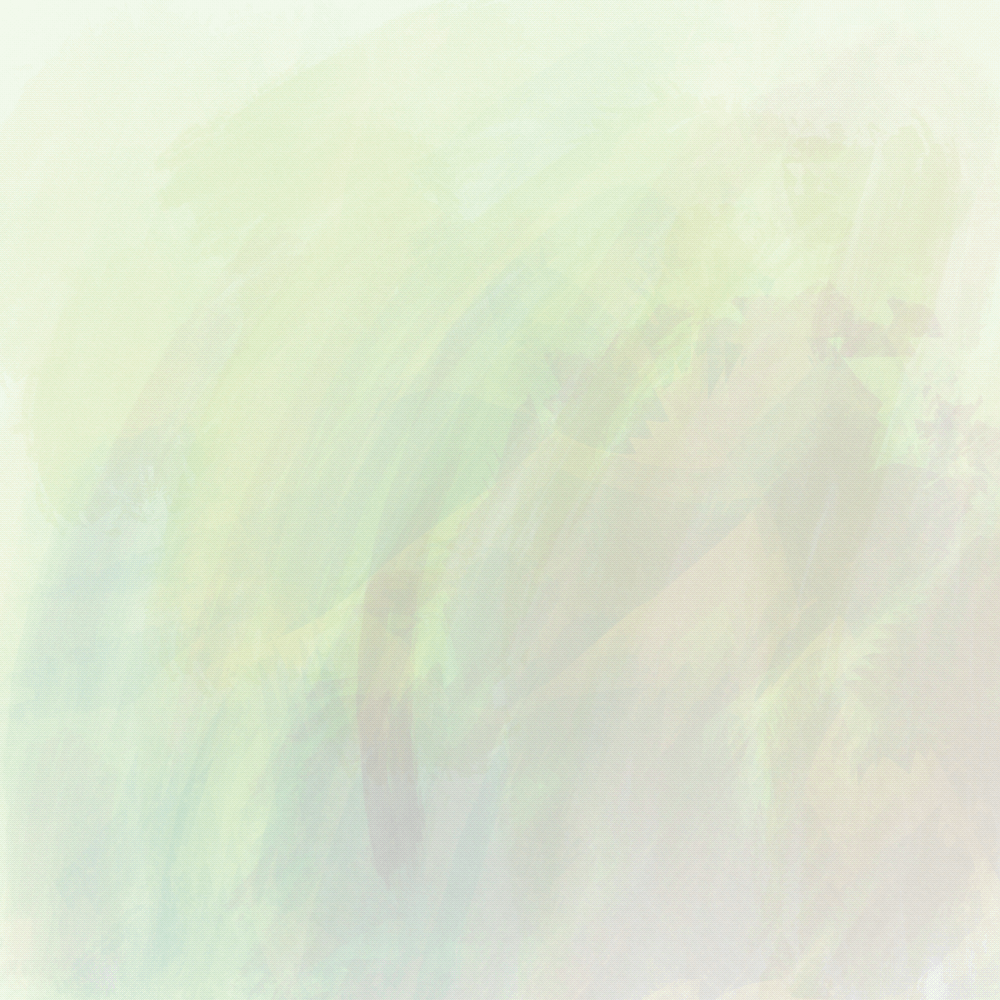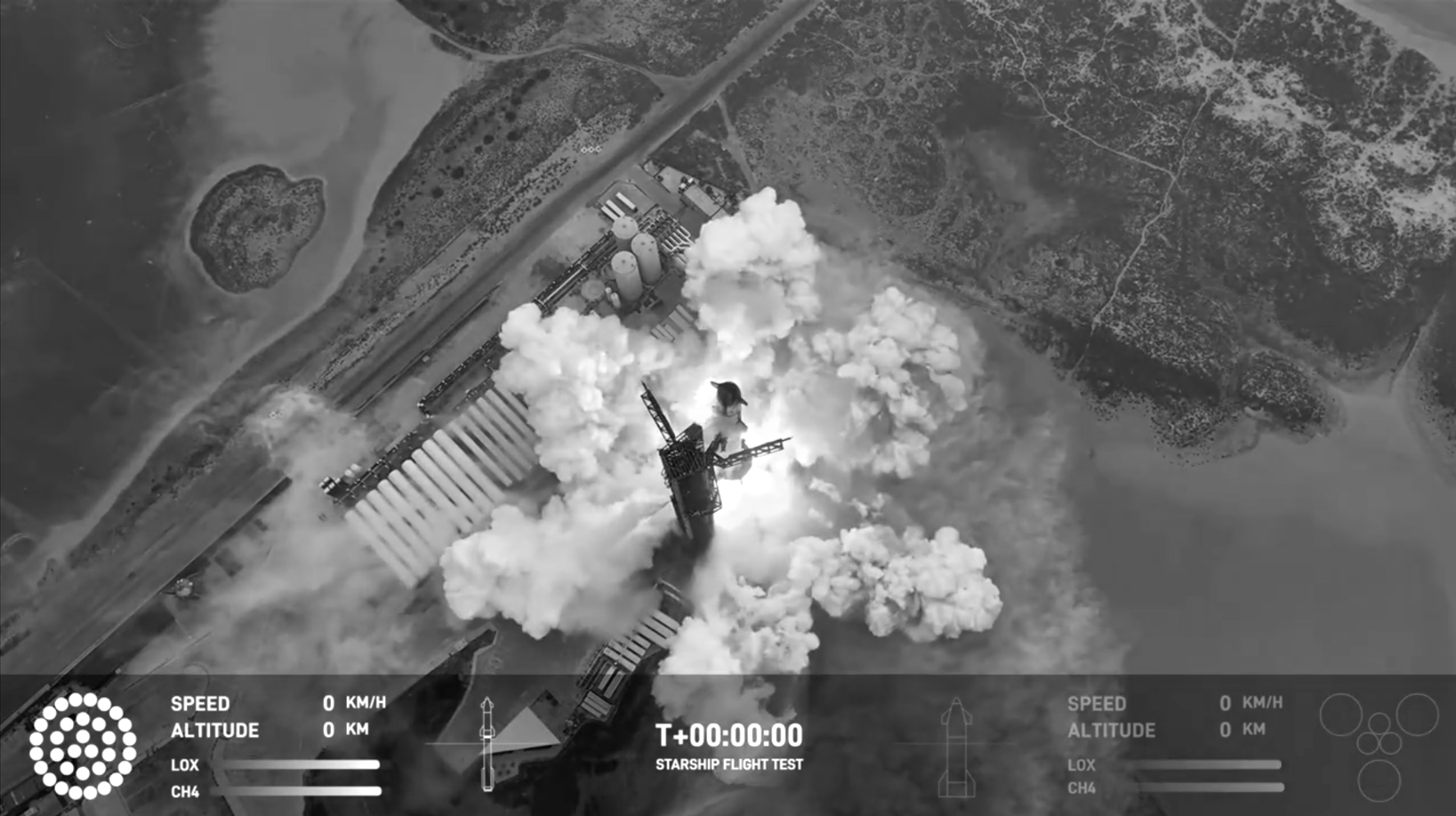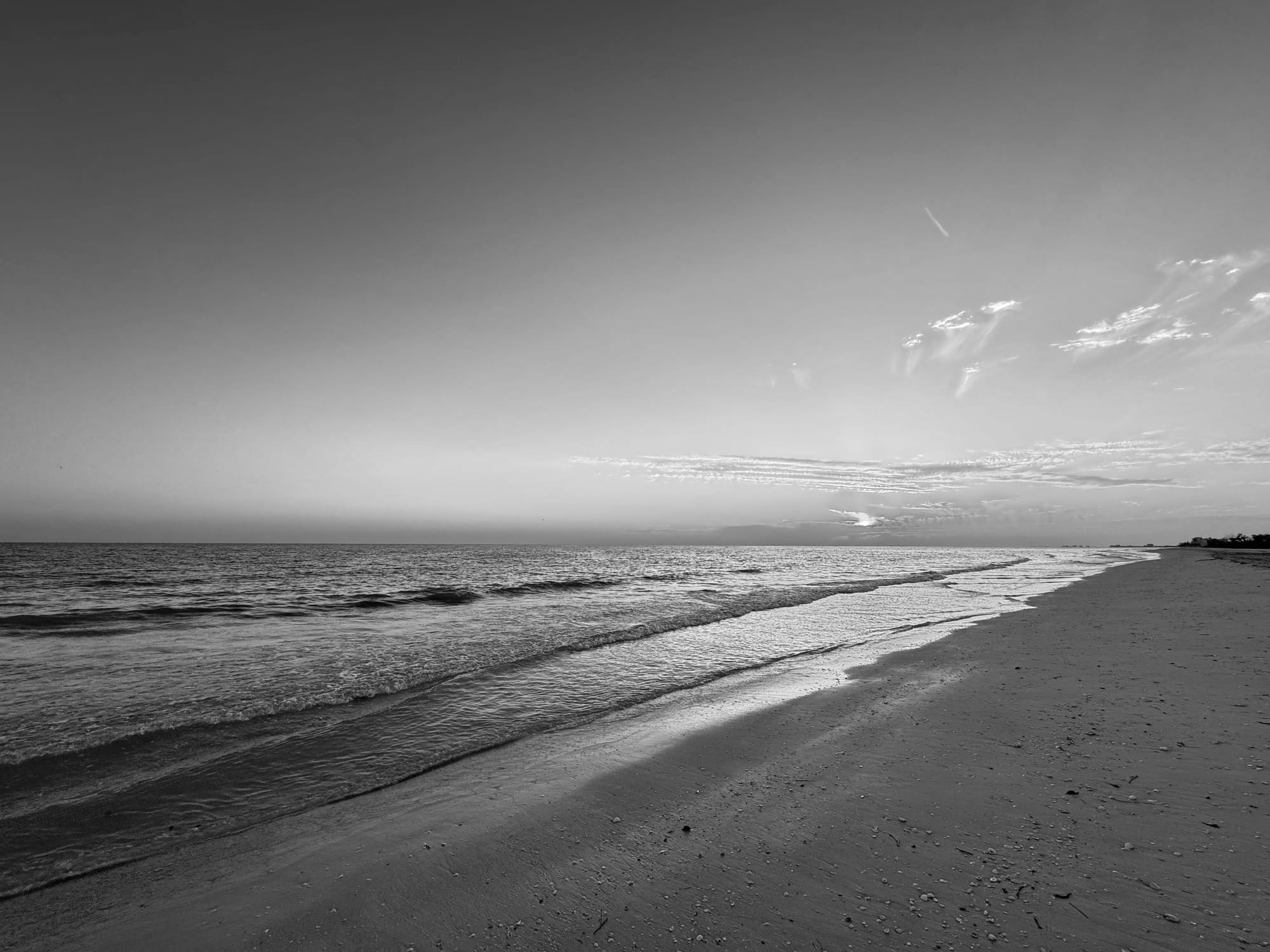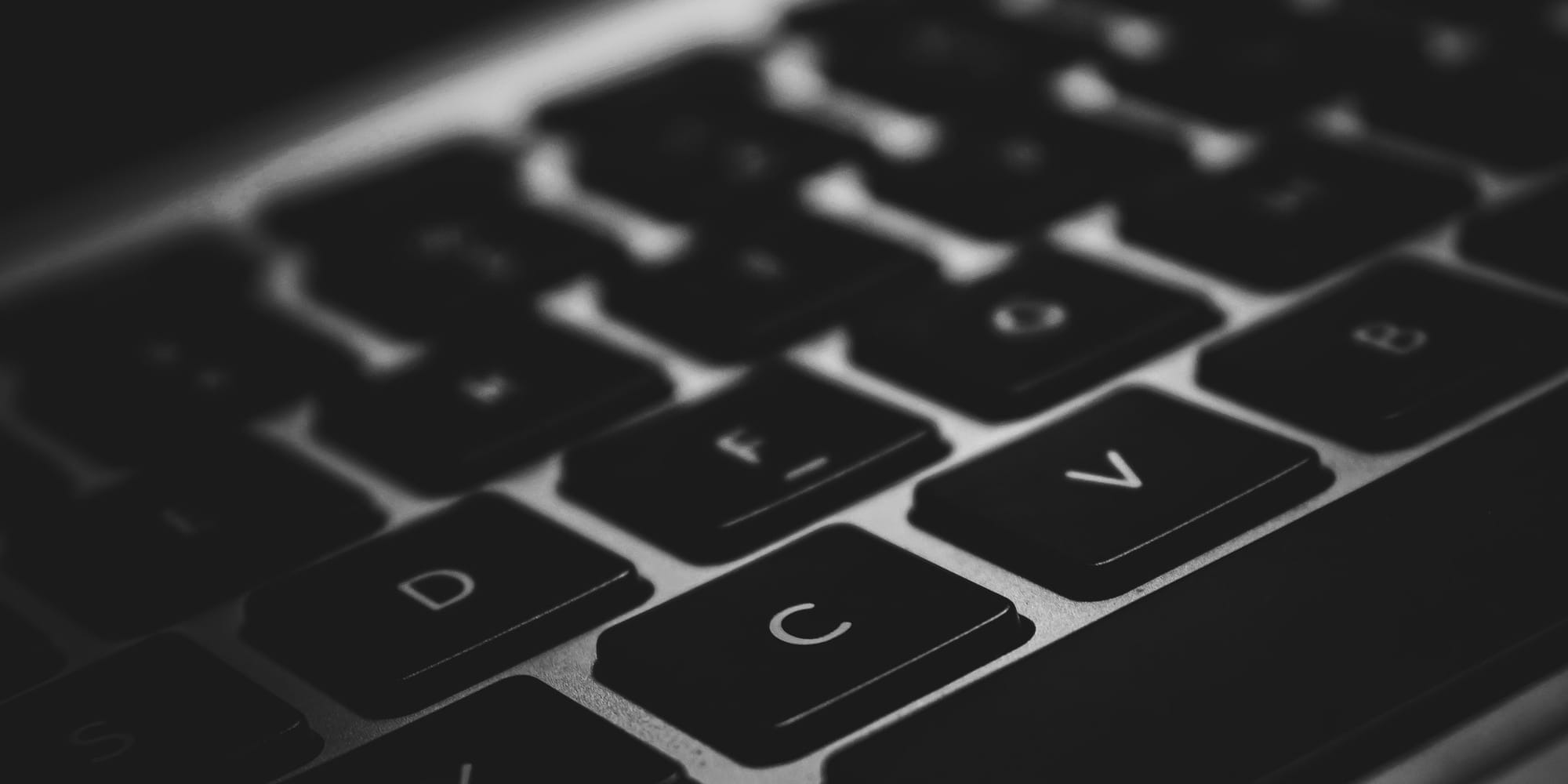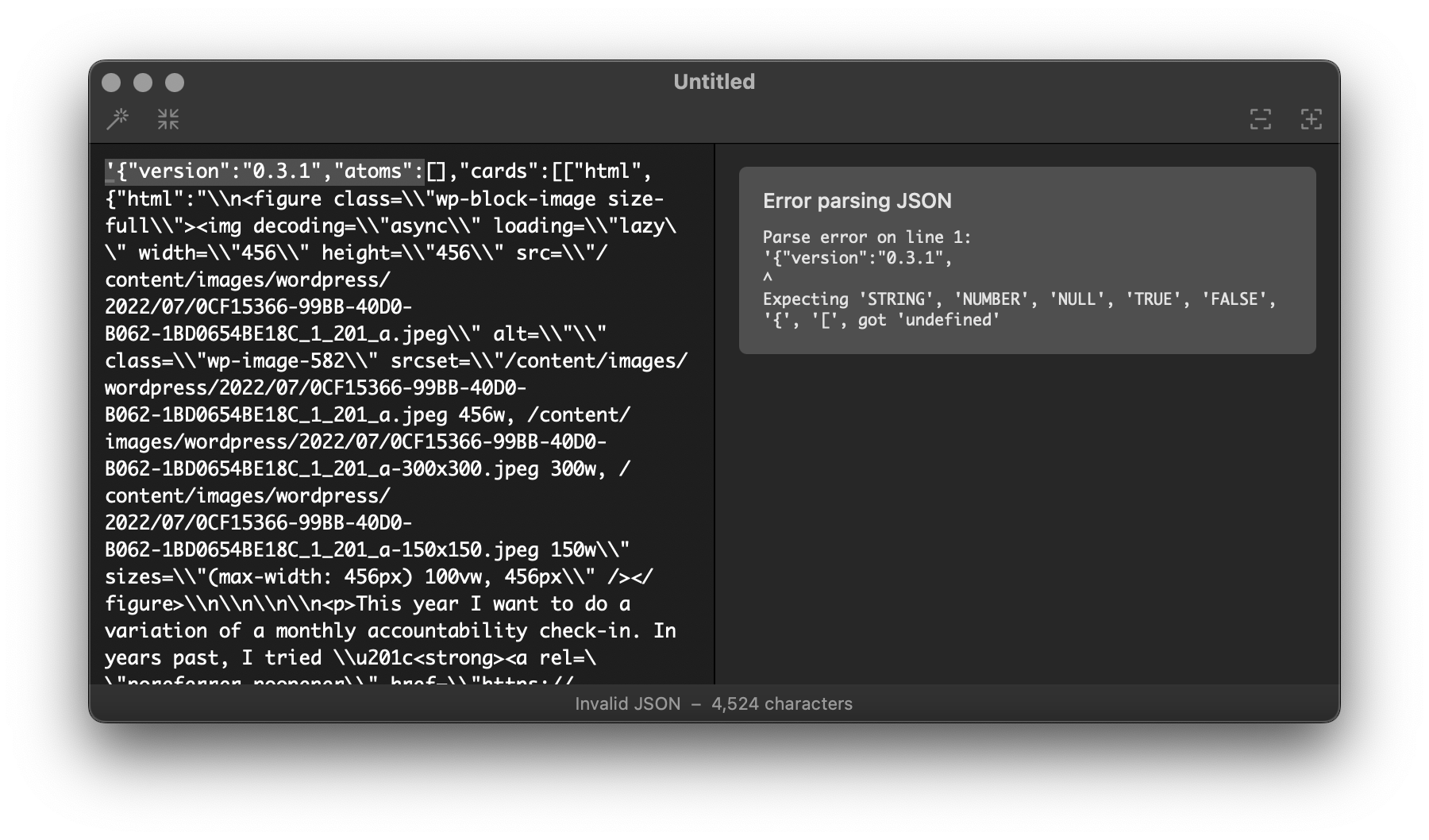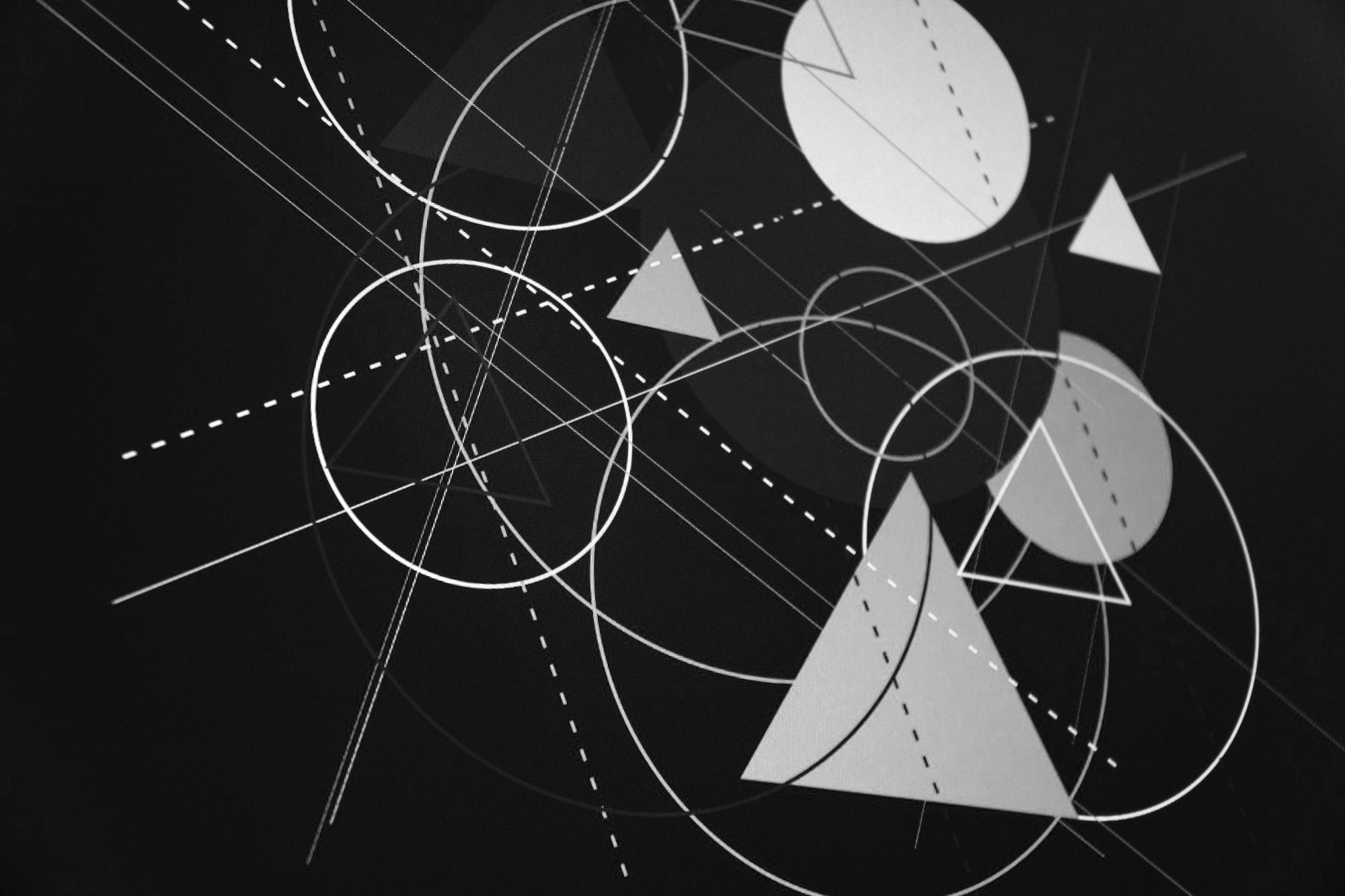Huh.
Way back in the early to mid 1980’s, I had purchased a generic, portable cassette player that I thought was the cat’s ass. I had control over what I listened to and could take it everywhere. I could copy our family’s limited albums onto a blank cassette and even record music off of the radio station. Audio freedom never sounded so good.
One day, my father asked me why I use cassettes when records were better? I remember saying, rather wisely I thought, that records were fine but I can’t carry a record player with me everywhere. I received a smirk and probably a “what the hell ever” sort of comment in return. Generational gaps, am I right?
Well, looking back, it seems to have stood the test of time so well, that everyone wants to have a record player now and scour everywhere trying to find those same albums. I know I did and acquired quite a few. However, if you don’t store them properly, they end up getting warped and unplayable. Ask me how I know.
Something unavailable at the time of that past conversation and I think we can both agree on, is the compact disc. Better sound quality, smaller in size, portable and you can even transfer the music digitally. A win/win/win/win.
As consumers, we strayed away from those CDs in favor of streaming our music and audio books. But I think it is time for a comeback. I’ve moved on from 8-tracks, cassettes, records and now, I think I am ready to move on from streaming.
For the past few months, I have slowly acquired a ton of digital music burned from compact discs that were borrowed from various libraries stretching from Cincinnati to Tulsa, Houston and now CCFL. Not to mention all of the CDs I have managed to keep ahold of over the years and all of a sudden, I am sitting on gigabytes of music.
There is a point to all of this, and once again, the old man was right. Over the years, I probably drove he, and the rest of our family nuts by suggesting the latest tech trends and tools to try. Since everyone else at the time was using Apple, I was on Android so it was a challenge to find a decent chat app to communicate long distance. Then I went all-in on Apple devices and decided that just plain old Messages app was perfect for our needs.
“Hey Dad, we can communicate on Facebook so you should sign up.” I promptly received, correctly, a “what the hell ever” comment that I waved off as a generational thing. Now I regret ever signing up for the damned thing and deleted back in 2018.
All of that is to say this: I am cutting back, way back on my digital tools, including my website. I want to de-BS my life and live more simply so I am taking steps to ensure this happens soon. Having lost one of my web domain names to a frickin’ casino in Iceland, I will hold on to the existing one with my personalized e-mail address for that domain. The same goes for my photography portfolio’s domain name. The web pages may disappear for awhile, but the names are mine. I own those lots even though there will be no houses on them so to speak.
Instead of a website and portfolio, I will journal using my own server’s database. An analog pen and paper are standing by too.
I’ll read analog books by day and the digital Kobo by night.
Eventually, I will even purchase a dumb phone that costs $100 that will allow me to call and text only. The current iPhone will be relegated to a camera and a portable music player (remember all those gigabytes of music files?)
It’s back to basics for me using the original pillars of the internet. WWW 1.0 brought us electronic mail, SMS messaging, digital journals, .PDF, podcasts, internet browsers and RSS. Speaking of browsers, I am going to remove 95% of all the apps on my iDevices in favor of using the browser instead. Too much personal data is being handed over to those app developers. Using a browser, I have more freedom and privacy.
I went online in 1996 when I purchased my first computer for college and have been an embedded netizen for almost thirty years. While I appreciate and am fascinated by technology and all it’s advances, the tech industry has proven themselves to be unworthy of holding the keys and locking their users in. They have bastardized the very tools designed for us and made us worse. As JOSHUA reminds us, this is all a confusing game. The only winning move is not to play.
So, kudos to my father who was right all along.

